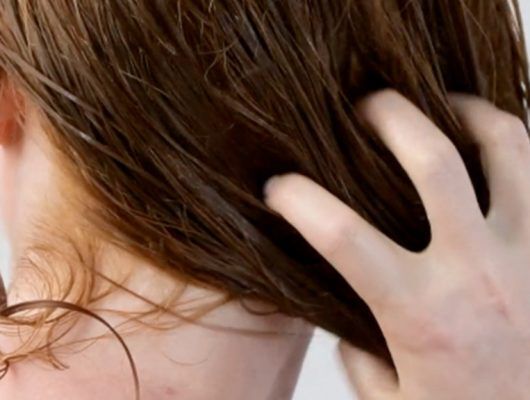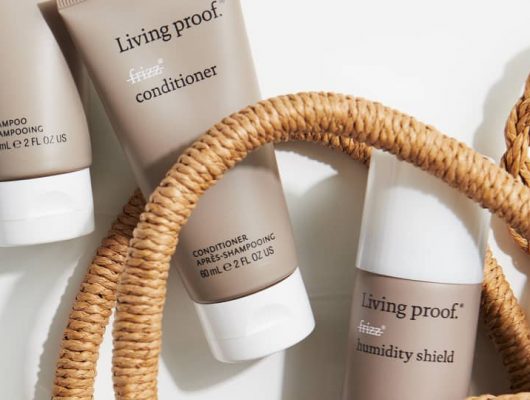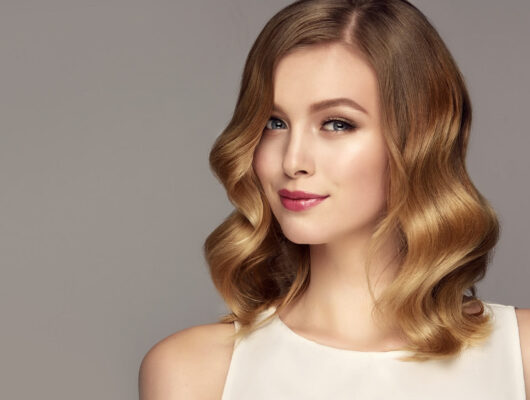
Sodium Laureth Sulfate vs. Sodium Lauryl Sulfate
There’s a lot of talk in the beauty and care industry about sulfates. Not all sulfates are created equal, though. Some sulfates can cause harm and some irritate, while others may be completely safe to use if your hair and skin can handle it. So are sulfates bad for your hair? This article is here to help.
Sulfates can be found in body wash, toothpaste, hand soap, laundry detergent, and a number of different personal care products. The trick is being able to separate the good from the bad, knowing what to look for and what to look out for. We are obsessed with ingredients, so you can count on us to tell you what’s what.
Let’s get technical. We’re sharing the science behind two of the most popular sulfates used in hair care: Sodium Lauryl Sulfate and Sodium Laureth Sulfate. Naturally, we’ll talk about Sodium Lauryl Sulfate and Sodium Laureth Sulfate as they relate to hair care products, but these ingredients can be found in a slew of other product categories as well.
When you learn the difference, you will be able to better understand ingredient labels when you shop for hair products online and choose the right formula for you.
Why Are Sulfates Bad?
If you are new to the world of sulfates, you may be wondering why this ingredient is harmful in the first place. As said before, this harmful ingredient can be found in everything from cosmetic products to dish soap and even shower gel products. While it may be an effective foaming agent, it can strip human skin of natural oils, leading to irritation and dryness. When this harmful chemical strips away moisture on the skin and hair, it can cause skin and scalp irritation. Since it is a main cause of dry scalp, you are going to want to avoid sulfates if you currently have this issue.
What is Sodium Laureth Sulfate?
If you have sensitive skin or want to avoid potentially harmful chemicals, consider staying away from shampoos that contain SLS or SLES. In this case, it is best to look for a sodium lauryl sulfate or sodium laureth sulfate free shampoo.
The Science: So, what does sulfate do to your hair? SLES is a surfactant, which simply means that this ingredient lowers the surface tension of water. Surfactants act as detergents because they are attracted to both water and oil. In shampoo, this is important because it allows the shampoo to penetrate deeper and thoroughly cleanse the hair.
What is Sodium Lauryl Sulfate?
Sodium Lauryl Sulfate (SLS), also called Sodium Dodecyl Sulfate (SDS), is also a chemical ingredient commonly found in personal care products from shampoos to toothpaste. It, too, is a surfactant that acts as an effective cleansing and foaming agent, which is why it’s often used in hair care products.
So, what’s the difference?
The Difference Between Sodium Laureth Sulfate and Sodium Lauryl Sulfate
To avoid confusion, we’ll refer to Sodium Laureth Sulfate as SLES and Sodium Lauryl Sulfate as SLS. While they may sound extremely similar and are used in products for similar purposes, these ingredients differ on an important note.
Safety
You might have already figured out that SLES stems from SLS. SLS undergoes a process called ethoxylation to become SLES.
This process has two side effects:
1. Reduces the harshness of the chemical
2. Exposes the chemical to contamination
It’s a bit of a double-edged sword.
SLS can be quite irritating. However, the same process that makes SLES a less irritating ingredient than SLS exposes it to a known carcinogen, 1,4-dioxane. SLES must be purified through a vacuum stripping process to ensure it is free from 1,4-dioxane. However, there is no way of knowing if the ingredient has been purified or not. In most cases, products that contain SLES also contain 1,4-dioxane.
On the other hand, SLS is not at risk of contamination and hasn’t been found to contain 1,4-dioxane. The trade-off, though, is the risk of irritation. You can’t really escape the risk of skin irritation by opting for SLES. Although SLES is less-irritating, it too can lead to increased sensitivity over time. You may have experienced this. If you’ve been using the same toothpaste or shampoo for years and seem to all of a sudden react poorly (i.e. experience redness, itching, or uncomfortableness), you may have developed an allergic reaction.
Sodium Laureth Sulfate vs Sodium Lauryl Sulfate in Shampoo
Both SLS and SLES are commonly used in shampoo for their foaming properties that contribute to a robust lather and remove dirt and oils from the scalp. Formulas that contain SLS could irritate both a sensitive scalp and eyes, and formulas that contain SLES could be contaminated unless the company claims to have purified the chemical and ensures it is free from 1,4-dioxane.
While every shampoo needs a surfactant, you don’t have to rely on one of these ingredients to get the job done.
Formulas Free from SLS and SLES
If you have sensitive skin or want to avoid potentially harmful chemicals, consider staying away from shampoos that contain SLS or SLES. In this case, it is best to look for a sodium lauryl sulfate or sodium laureth sulfate free shampoo. If you’re wondering what is sulfate free shampoo, it’s simply a shampoo that does not contain these potentially damaging sulfates.
Living Proof shampoos are all sulfate-free (no SLS or SLES here), so you can choose based on the benefit you need, not the ingredient label. Whether you need a No Frizz formula or Color Care, every Living Proof shampoo contains gentle, safe, sulfate-free surfactants that get the job done.



